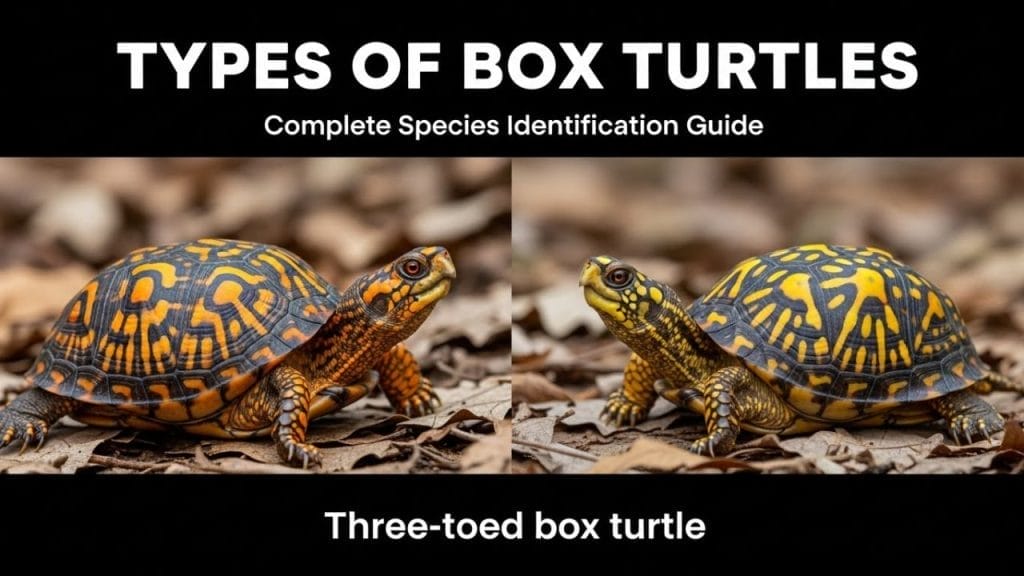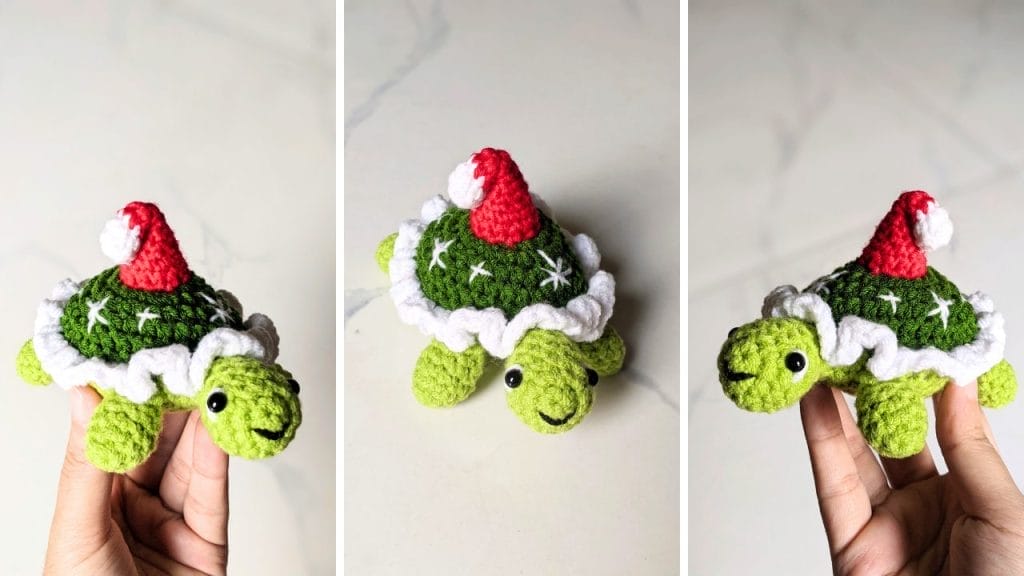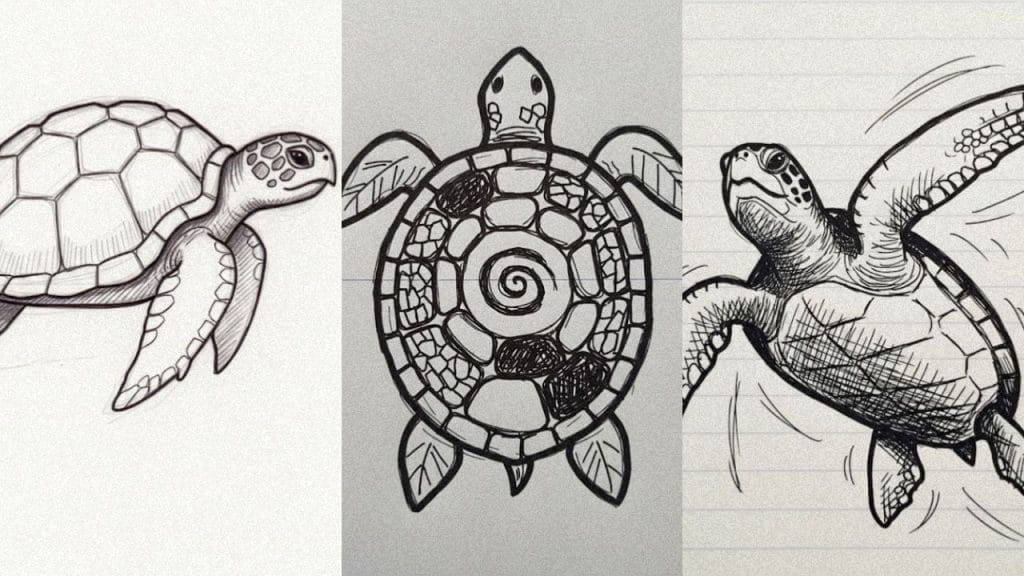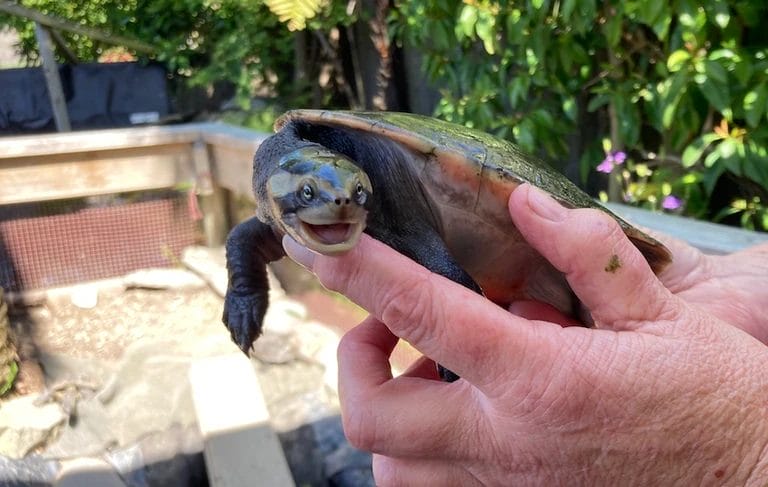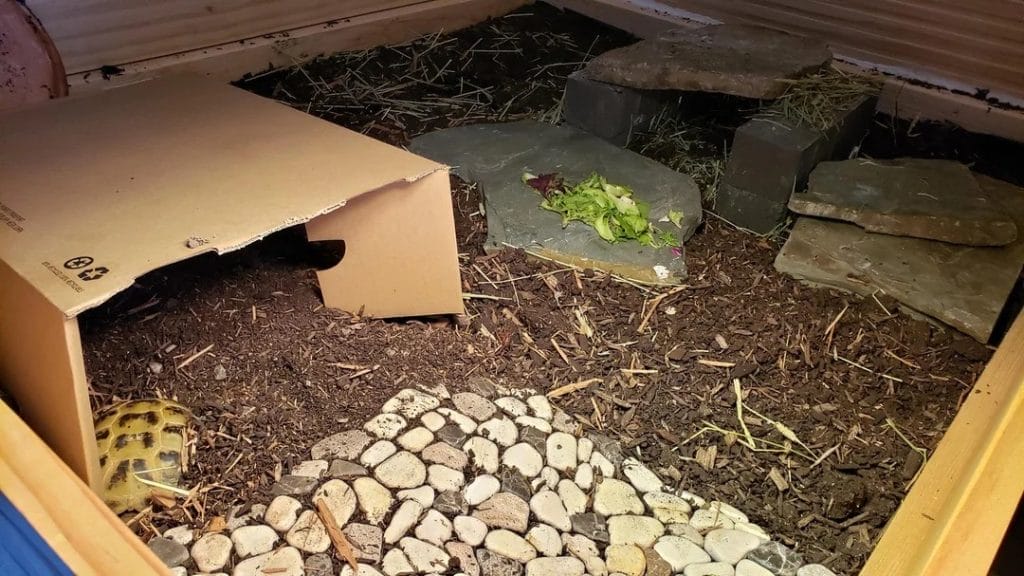Trachemys venusta (Meso-American slider)
Home > Turtle Database > Trachemys venusta (Meso-American slider)

The Meso-American slider (Trachemys venusta) is a colorful freshwater turtle found in Central America. It’s closely related to the red-eared slider and often seen basking in the sun near slow-moving water bodies.
Native To These Regions
Belize, Campeche (Mexico), Chiapas (Mexico), Colombia, Costa Rica, Guatemala, Honduras, Nicaragua, Oaxaca (Mexico), Panama, Quintana Roo (Mexico), Tabasco (Mexico), Veracruz (Mexico), Yucatán (Mexico)Native Turtle Species Map – Find Turtles by Region
Scientific Classification
Kingdom: Animalia
Phylum: Chordata
Class: Reptilia
Order: Testudines
Family: Emydidae
Genus: Trachemys
Species: Trachemys venusta
Common Names
Meso-American slider
Mesoamerican turtle
Central American slider
This Hilarious Turtle Book Might Know Your Pet Better Than You Do
Let’s be real—most turtle care guides feel like reading a textbook written by a sleep-deprived zookeeper.
This one’s not that.
Told from the snarky point of view of a grumpy, judgmental turtle, 21 Turtle Truths You’ll Never Read in a Care Guide is packed with sarcasm, sass, and surprisingly useful insights.
And hey—you don’t have to commit to the whole thing just yet.
Grab 2 free truths from the ebook and get a taste of what your turtle really thinks about your setup, your food choices, and that weird plastic palm tree.
It’s funny, it’s honest, and if you’ve ever owned a turtle who glares at you like you’re the problem—you’ll feel seen.
Identification
Description
This turtle has a dark green to olive carapace with yellow lines and swirls. Its plastron is usually yellow with dark blotches. The skin is greenish with fine yellow striping on the limbs, head, and tail. A distinct yellow or orange patch appears behind each eye.
Sexual Dimorphism
Males are smaller with longer tails and elongated front claws. Females are larger, especially when fully mature, and have shorter claws.
Check more turtles from the Trachemys genus
Native Origin and Distribution
Geographical Range
Found in southern Mexico, Belize, Guatemala, Honduras, Nicaragua, Costa Rica, and parts of Panama.
Preferred Habitat
It lives in slow-moving rivers, lakes, swamps, and marshes. These turtles prefer areas with soft muddy bottoms and plenty of aquatic vegetation. They need logs or rocks for basking and sunny spots to regulate their body temperature.
Behavior
Feeding Habits
Omnivorous. Eats aquatic plants, insects, small fish, crustaceans, and carrion. Young ones eat more animal protein, while adults shift toward a plant-based diet.
Predators
Eggs and hatchlings are eaten by raccoons, birds, snakes, and large fish. Adults may be attacked by crocodiles or humans.
Reproduction
Breeding Season
Usually breeds during the dry season, from late winter to early summer.
Reproductive Method
Females lay 5–20 eggs in sandy or soft soil. They often nest near water but in safe, warm places. Hatchlings emerge after about 60–80 days depending on temperature.
Conservation
Extinction Status
Not Evaluated
Threats
Habitat destruction, pollution, capture for pet trade, and being hunted for meat or local consumption.
Conservation Measures
Protected in some regions. Conservation groups promote habitat protection and discourage the pet trade. Some areas run breeding and release programs.
Economic Importance
Popular in the pet trade due to its appearance and calm nature. In some areas, locals collect the species for food or traditional use.
Interesting Facts
It can live over 30 years in captivity.
Often confused with the red-eared slider but lacks the red mark behind the eyes.
It’s a strong swimmer but also spends hours basking in the sun.

About Author
Muntaseer Rahman started keeping pet turtles back in 2013. He also owns the largest Turtle & Tortoise Facebook community in Bangladesh. These days he is mostly active on Facebook.





